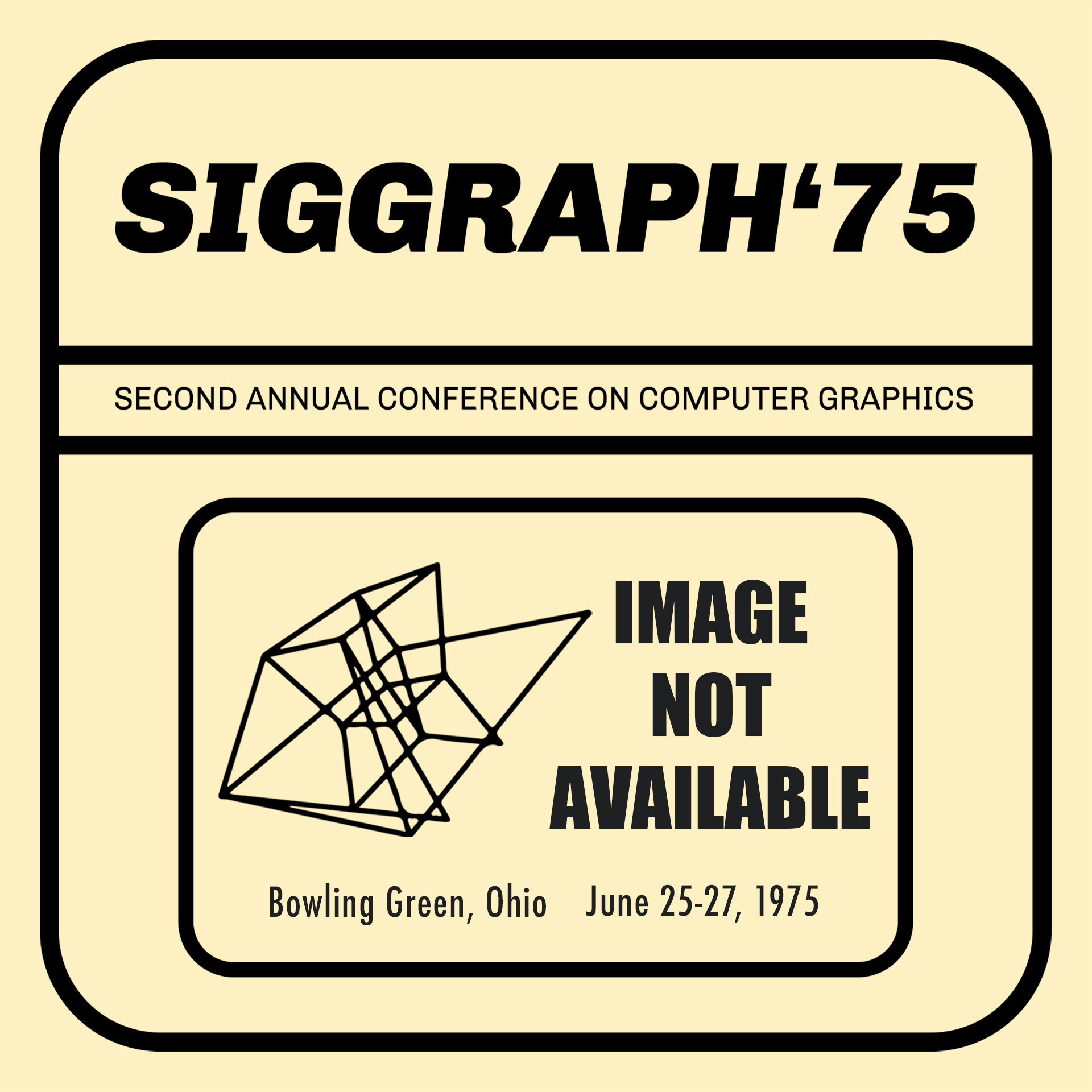“At the Interface of Cartography and Computer Graphics” by Moellering
Conference:
Type(s):
Title:
- At the Interface of Cartography and Computer Graphics
Session/Category Title: At The Interface of Cartography and Computer Graphics: Current Status and Future Prospects
Presenter(s)/Author(s):
Moderator(s):
Abstract:
Developing technology has always had an impact on cartography, the art and science of making maps. This impact has been particularly noticeable in recent centuries. The expanded use of copper engraving plates in the 17th century added immeasurably to the ability of the cartographer to add more clear detail to his maps. In the last century the introduction of photoprocessing coupled with existing offset printing techniques added much more efficiency to the process as well as reduced the cost of map production. It is no wonder, then, that computer driven machinery has had, and will continue to have, a significant impact on the field of cartography.
During the 1950’s computer driven plotting devices began to be used for producing maps, thematic and topographic, block diagrams as well as other types of cartographic displays. The 1960’s saw the introduction of the use of CRT displays to produce cartographic products. Al- though computer driven displays have only been available to cartographers for a relatively short period of time, it is clear that such technological developments will have a profound and far reaching impact on the field of cartography.
References:
1. Boyle, A. R., et. al., 1973, Computer Aided Map Compilation: CAMC Program User Description, Graphic Systems Design and Application Group, Electrical Engineering Department, University of Saskatchewan.Google Scholar
2. Brassel, Kurt, 1973, Modelle und Versuche zur automatischen Schräglichtschattierung; Ein Beitrag zur Computer-Kartographie, Buchdruckerei E. Brassel, 7250 Klosters/Schweiz.Google Scholar
3. Brassel, Kurt, 1974a, “Mono- and Multi-Colored Line Printer Display”, Proceedings of the American Congress on Surveying and Mapping, 34th Annual Meeting, St. Louis.
4. Brassel, Kurt, 1974b, “A Model for Automatic Hill Shading”, The American Cartographer, Vol.1, No.1, April, pp.15–27.
5. Brassel, Kurt, J., Little, and T. K. Peucker, 1974 “Automated Relief Representation”, Map Supplement Number 17, Annals of the Association of American Geographers, Vol. 64, No. 4, December.
6. Broome, Frederick R., 1974, “Micrographics: A New Approach to Cartography at the Census Bureau”, Proceedings of the American Congress of Surveying and Mapping, Fall Convention, September, pp.1–14.
7. Canadian Department of Transportation and Communication, 1971, City of Peterborough, Ontario and Environs.
8. Central Intelligence Agency, 1974 CAM: Cartographic Automatic Mapping: Program Documentation- Version 4, document BGI CD 75-1.
9. Chrisman, Nicholas, 1974 “The Impact of Data Structure on Geographic Information Processing”, paper presented to the International Conference on Automation in Cartography, Reston, Virginia.
10. Experimental Cartography Unit, 1970 Automatic Cartography and Planning, Architectual Press, London.
11. Gardiner-Hill, Col. R. C., 1972 The Development of Digital Maps, Ordinance Survey Professional Papers No. 23, Southhamption.
12. Geography Program Exchange, 1973, Index of Programs Currently Available, mimeograph, contact: Dr. Robert Wittick, Computer Institute for Social Science Research. Michigan State University, East Lansing, MI 48824, U.S.A.
13. Laboratory for Computer Graphics, 1971 Symap User’s Manual, Harvard University, Cambridge, Massachusetts.
14. LeBlanc, Aubry L., Ed., 1973 Computer Cartography in Canada, Cartographica monograph no. 9, Supplement No.3 to the Canadian Cartographer, Vol. 10.
15. McLellan, William G. and Barry K. Moritz, 1974, “An Interactive On-Line Multi Mini Computer Configuration for Application to Cartography”, Proceedings of the American Congress of Surveying and Mapping, 34th Annual Meeting, St. Louis, pp. 458–477.
16. Moellering, Harold, 1973a, “The Automatic Mapping of Traffic Crashes” Surveying and Mapping, Vol. XXXIII, No.4, December, pp. 467–477.
17. Moellering, Harold, 1973b, “The Computer Animated Film: A Dynamic Cartography”, Proceedings, ACM 73, pp. 64–69.
18. Moritz, Barry K., 1974, comment made at a session of the International Conference on Automation in Cartography, Reston, Virginia.
19. Peucker, Thomas, K., 1972, Computer Cartography, Commission on College Geography Resource Paper No. 17, Association of American Geographers, Washington, D.C.
20. Peucker, Thomas, K., and Nicholas Chrisman, 1974, “Cartographic Data Structures,” paper presented to the 34th Annual Meeting of the American Congress of Surveying and Mapping, St. Louis, 23 pp.
21. Phillips, R. L. and D. E. Geister, 1973, “Interactive Graphics in Water Quality Investigations”, Proceedings, ACM 73, Atlanta, pp.70–75.
22. Tobler, W. R., 1970, “A Computer Movie Simulating Urban Growth in the Detroit Region”, Economic Geography, Vol.46, No.2, (Supplement), June, pp. 234–240.
23. Tomlinson, R. F., Ed., 1972, Geographical Data Handling, Commission on Geographical Data Sensing and Processing for the UNESCO/IGU Second Symposium on Geographical Information Systems, Ottawa.
24. U.S. Army Engineer Topographic Laboratories, 1974, examples of UNIMACE plotting, Automated Cartography Branch, Ft. Belvoir, Virginia.
25. U.S. Bureau of the Census, 1970, The DIME Geocoding System, Census Use Study No.4, Washington, D.C.
26. U.S. Defense Mapping Agency Topographic Center, 1974, Shïräz, Iran Quadrangle, Series K-753, sheet 6549 III.
27. U.S. Geological Survey, 1970, Slope Map: Mt. Sizer, California, experimental edition, N3707.5-W12130/7.5.
28. Youngmann, Carl E., 1972, “A Thematic Cartography Application of Computer-Aided Design” paper presented to the annual meeting of the Association of American Geographers.





